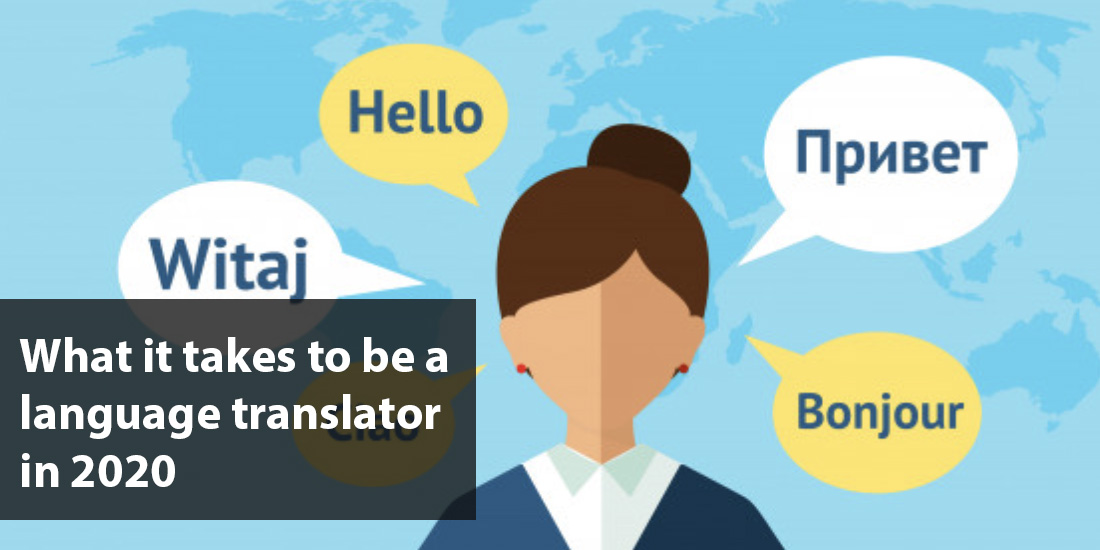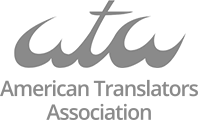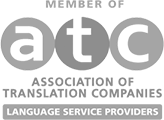As cultural diversity and globalism continue to grow, the demand for language services continues to increase. As language translators are the people that connect cultures and countries together, more and more people are wanting to become a language translator. You’ll be able to experience different cultures and meet people you wouldn’t have the chance to meet if you had a day job.
With more businesses moving online and technology evolving, you’ll be able to find a niche or a specific industry that you’ll love to translate in. Here’s what it takes to be a language translator in 2020.
What is a Language Translator
A certified or accredited translator is a translation professional that helps transcribes or translates written and spoken information from one language to another. Often working for corporations, governments, education, translation companies, publications, or freelancing, they are the people that connect cultures and countries together.
The Basics To Become a Professional Translator
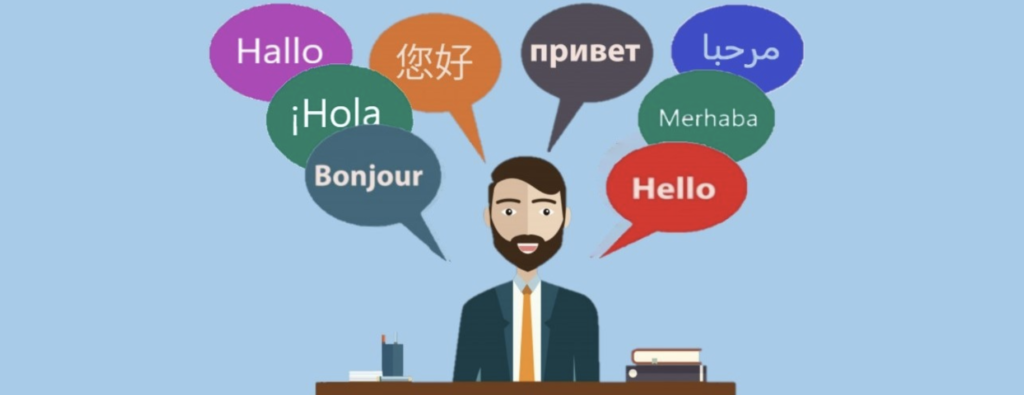
Discover the Basics to become a professional language translator
Solid Language Skills
You may be a person who’s proficient in speaking and writing several languages. However, being a translator, quality is better than quantity. Most translators begin with knowing their mother tongue and English, and you can use that knowledge to build a career in translation.
But, If you want to go further in your career, you’ll have to work on your language skills, interpretations, experience, and communication skills to be called a professional. This is done by being exposed to more translating projects and working with different types of industries and companies.
Culturally Aware
Translating without cultural awareness is like using a Google translator. The literal translation may be correct, but it would not make sense in society. Language is only meaningful with the cultural context, and being able to accurately portray the words within its context is why translators get paid well.
Know how to use words
Being able to translate isn’t enough, knowing how to preserve the context, intent, emotion, and tone of the original sentences is crucial. The goal is to duplicate the original message thoughtfully and seamlessly without realizing there was a translation, giving the audience an identical emotional experience as the original source message. This can only be achieved by continuously reading, writing, and translating.
Steps to become a Language Translator
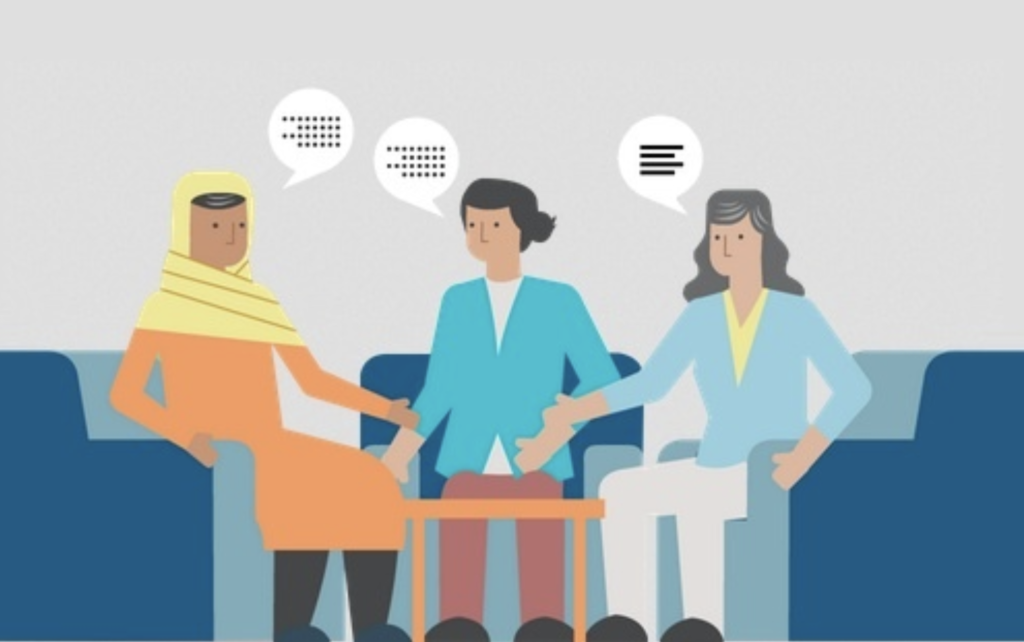
Steps to become a good language translator
Get Certified
To become a certified language translator, you’ll need to obtain a certification with a respected association. Having credentials provides documentation that you have the required skills to translate the given language pair professionally.
Many universities and colleges offer professional certification for translators and specific degrees for being a translator.
However, most aspiring translators choose an authorized association such as the American Translator Association and take a certification exam.
The American Translator Association is the largest professional association of translators in the United States, with over 10,000 members in more than 100 countries.
ATA’s primary goal is to support and foster the professional development of translators and help them excel in their professions. Helping these individuals with a variety of programs and services including one-day workshops, webinars, and yearly annual conferences that features translation education in diverse languages and specialties
Currently, they hold translator certification programs in the following language pairs [1]:
Into English from Arabic, Chinese, Croatian, Danish, Dutch, French, German, Italian, Japanese, Polish, Portuguese, Russian, Spanish, Swedish, and Ukrainian.
From English into Arabic, Chinese, Croatian, Dutch, Finnish, French, German, Hungarian, Italian, Japanese, Polish, Portuguese, Russian, Spanish, Swedish, and Ukrainian.
After you’ve passed the American Translator Association’s exams, translators are required to complete a certain amount of “continuing education” points to keep their certifications.
If you’re looking to be a professional legal translator or medical translator, then getting a translation certification from the National Board of Certified Medical Interpreters (CMI) or National Association of Judiciary Interpreters (NAJIT) is needed.
Being certified through these organizations is useful for your networking, as you’ll be listed on their website directory, making it easy for potential clients to inquire about their projects to you.
Having certifications from these prestigious associations is crucial for beginning that first step to becoming an accredited translator.
Take a Proficiency Test
Taking an accredited language proficiency test can help improve your resume by showing potential clients that you are fluent in the specific languages. An example of these tests is the Defense Language Proficiency Test (DLPT).
The defense language proficiency test is responsible for training military linguists in non-English languages. The test measures the speaker’s ability to speak another language in real-world situations.
Both reading and listening will be tested, so it’s the best way to show you’re proficient in that language. The DLPT is a translator certification online program meaning you can apply any time.
These are the languages that they test:
|
|
|
Gain Live Experience
Experience is the only way to get better as a translator. No book can replicate the lessons learned from making mistakes. Starting out doing internships, entry-level jobs, or translation agencies is the best way to get your feet wet.
If you graduated or lived near a college, look to perform translation work around campus for different departments.
The purpose is to gain experience and build your portfolio to show your potential clients while building your network.
The more people you know, the more likely you’ll find clients.
The more work you do, the more you understand the requirements and needs that each client wants, making fewer mistakes, and understanding how to avoid bad clients.
Market Yourself
As there are millions of translators in the world, being able to market yourself is crucial to stand out. Start developing your brand by advertising your services through a translation services website, blog, or being active in language communities.
Begin cold emailing or calling businesses, ecommerce companies, language agencies, government agencies, hospitals, and other businesses that may need a translator.
Sales and Customer Service are areas that most translators lack. Being able to excel at leaving customers satisfied and happy will always lead to more work and more clients wanting to work with you.
Skills You’ll Need To Have To Be A Successful Language Translator

Skills need to be a good language translator
Specialization
As there are millions of different translators in the world, finding a way to separate yourself from your competitors is crucial in having continued business.
By targeting a specific niche, you know your target audience better and have less analysis paralysis in writing. Less research will be needed, as you’ve already written in that industry before.
As you’ve written more translations in that specific niche, you’ll be able to market yourself easier from the portfolio you’ve cultivated.
By being the leading translator in your specific niche, you have more power and command your bargaining price.
Computer Skills
Translators need to have exemplary typing skills and have a good understanding of computers. As most documents that need to be translated often have thousands, sometimes tens of thousands of words, being able to type quickly, can determine how many clients you can take on.
As companies have different format preferences, understanding what software can read each specific document, and how to convert your files to the final format is crucial.
Often you’ll be working for businesses that’ll have some sort of confidentiality, so understanding and knowing how to encrypt files will also be needed.
Overall, make sure you backup all your translated documents, as clients may lose their files or ask in a month’s time for the document again.
CAT Tool Specialist
Your computer-assisted translation software will save your hours, maybe even days in translating. CAT helps translate text documents more efficiently by splitting texts into small segments and stores their translations in a database.
Each segment will be saved together with the source text.
When a segment is found on a new set of text, translators can reuse the previous translation, reducing the time needed to search for reference materials.
Although not all segments shown are exactly the same.
By using computer-assisted translation tools, they can identify similar fragments of texts. Similarities below 65% are called fuzzy matches, usually not as useful and may need to be manually translated.
Why Choose TranslateRight For Technical Document Translation Services
Translated Right is a certified professional technical translation agency that provides technical translations online in 50+ languages. Our translation services languages include English, Chinese, Malay, Tamil, Japanese, French, and more. Providing fast, accurate, and reliable, professional translation services for all types of documents, formats, and lengths.
With over 5000+ professional and experienced translators, we’ve filtered out the best translator using our stringent and detailed interviewing process, ensuring that you can hire only the best-qualified person for your specific translation document.
This has allowed us to simplify the whole entire technical translation process, resulting in a smooth application process.
This is seen by our 1000+ of satisfied customers from our competitive prices, friendly and efficient translation services.
If you’re looking for a translation service near me that can translate from a source language to the desired target language that conforms to the requirements of the technical side of your industry, Translated Right can help you today.
Providing a streamlined and hassle-free process, get your document translated by a professional service today.
